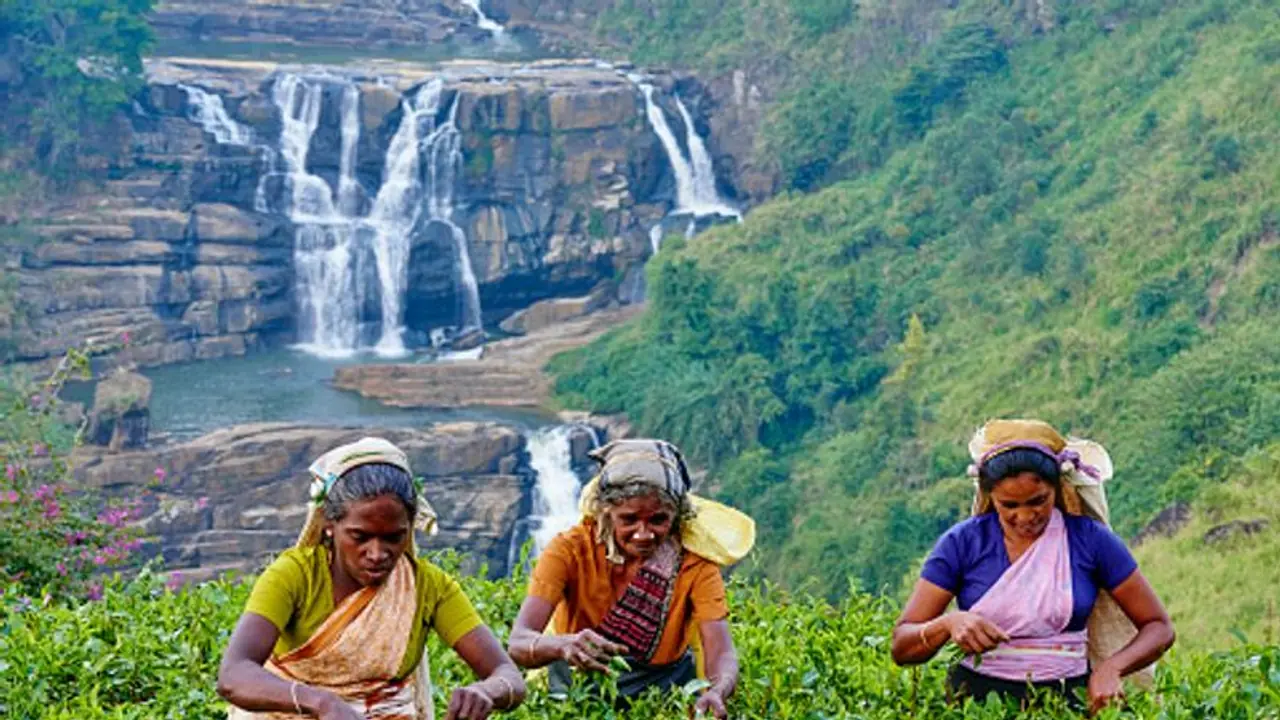Tourist arrivals in Sri Lanka fell by 60% in June, according to the Sri Lanka Tourism Development Authority (SLTDA). Dhammika Wijesinghe, Director General of SLTDA, stated that the scenario arose as a result of the extraordinary economic crisis.
Sri Lanka, a famous tourist location, should be swarming with visitors at this time of year. Instead, an extraordinary economic crisis and political instability have all but destroyed its tourist industry, with around 40% of pre-bookings lately cancelled. Tourism accounts for around 5% of Sri Lanka's GDP, with the largest markets being the United Kingdom, India, and China. Sri Lanka is experiencing its biggest foreign exchange crisis since the COVID-19 epidemic, which has reduced the island's profits from tourism and remittances.

Tourist arrivals in Sri Lanka fell by 60% in June, according to the Sri Lanka Tourism Development Authority (SLTDA). Dhammika Wijesinghe, Director General of SLTDA, stated that the scenario arose as a result of the extraordinary economic crisis.
According to SLTDA data, 106,500 visitors visited in March 2022, but the figure dropped to 32,856 in June. According to Wijesinghe, the greatest months for tourism in Sri Lanka are July and August. Tourists primarily visit the East during those two months. They also come to Kandy during the perahera in August (a Buddhist festival).
Also Read | Sri Lanka economic crisis: Long queue at pumps, no electricity, more
However, due to gasoline shortages, travel in Sri Lanka is challenging. According to him, international travellers cancelled about 40% of their pre-bookings. Tourist bus operators report that they were obliged to substantially raise their charges owing to the current fuel crisis, which has harmed tourism because individuals who visit Sri Lanka warned others about the country's plight.
According to Namalsiri Kottawa, a tourist bus operator, guests were unable to make their way from the hotel to the neighbouring town. According to the energy minister, gasoline is available for tourist buses. However, this is not the case. "You may either spend a week at a gas station or buy on the illicit market to obtain 15 to 20 litres of petrol. Both are not feasible possibilities," he added.
Also Read | Sri Lanka Crisis: From 'Go Home Gota' to 'End Nepotism' - slogans that reflect people's fury
Over the last several years, a succession of back-to-back crises, including the coronavirus epidemic and the 2019 Easter Sunday terror attacks, has brought Sri Lanka's tourist-dependent economy to a standstill, with the nation closing its borders and imposing lockdowns and curfews.
Tourism earned Sri Lanka USD 4.4 billion and contributed 5.6 percent to GDP in 2018, however this figure is expected to fall to 0.8% in 2020. The government was left with a significant deficit. According to an IMF briefing, Sri Lanka reduced its foreign exchange reserves from USD 6.9 billion in 2018 to USD 2.2 billion this year in order to pay down government debt.
Long power outages, gasoline and gas shortages, and skyrocketing food costs have plagued Sri Lankans this year. During the economic crisis, the government enforced curfews and proclaimed a state of emergency in April, May, and July. The country of 22 million people is experiencing unparalleled economic crisis, the worst in seven decades, with millions unable to purchase food, medication, gasoline, and other necessities.
With an extreme foreign currency crisis resulting in foreign debt default, the nation stated in April that it is postponing roughly USD 7 billion in foreign debt payments due this year, out of around USD 25 billion due until 2026. The entire foreign debt of Sri Lanka is USD 51 billion.
(With PTI inputs)
